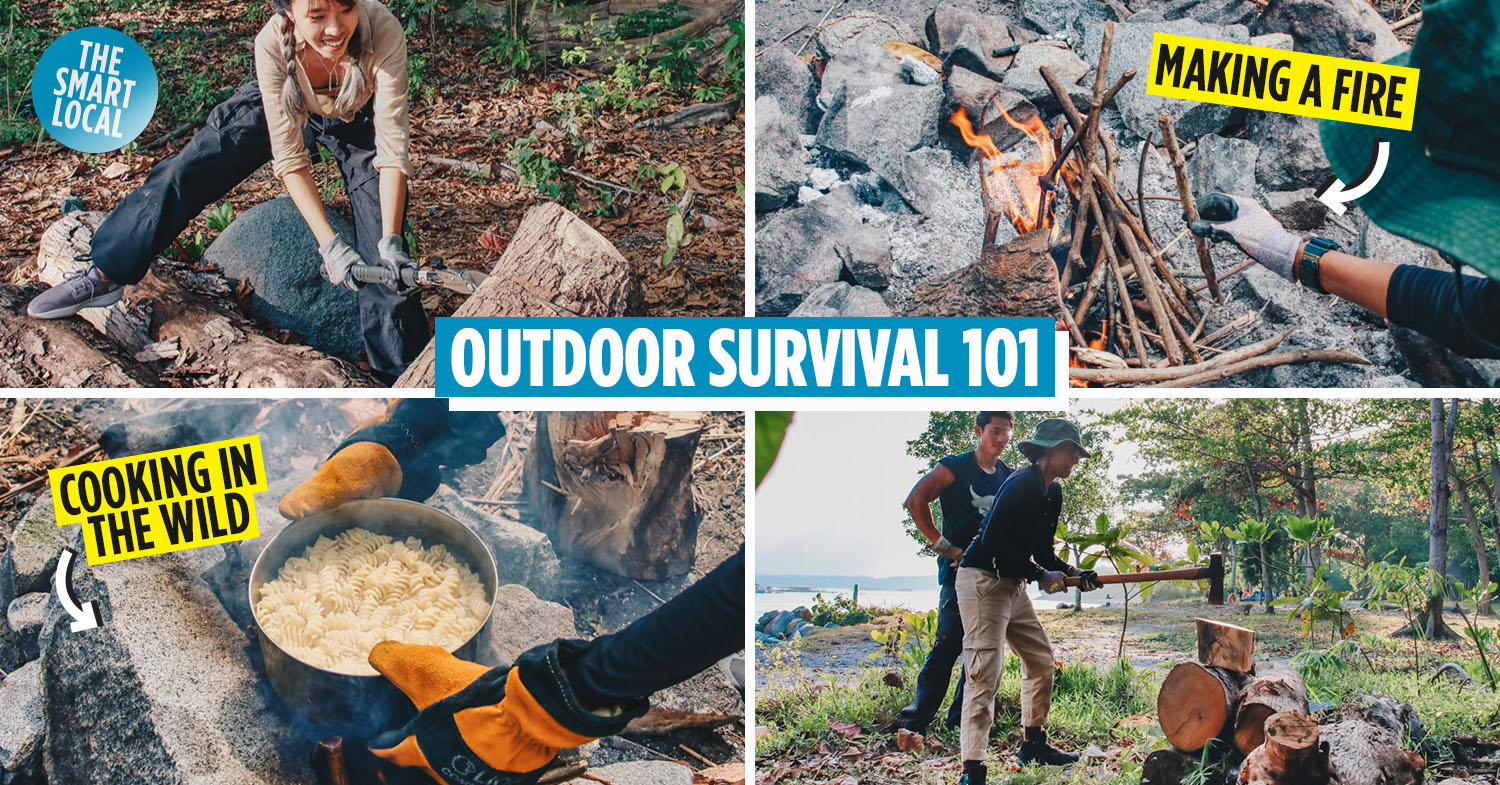The Australian Outback is a vast, remote wilderness characterized by scorching heat, arid deserts, and rugged terrain. With few resources bushcraft survival stories and extreme weather, survival here is a true test of one's resilience. Understanding the land, conserving resources, and remaining calm are key to enduring the Outback’s unforgiving environment.

The Intense Heat of the Outback
The Australian Outback is notorious for its extreme temperatures, often exceeding 100°F during the day. The heat is relentless, and dehydration sets in quickly. Protecting oneself from the sun, finding shade, and staying hydrated are essential for survival. Avoiding heat exhaustion and heatstroke is a constant concern in this harsh environment.
Navigating the Arid Terrain
The Outback’s landscape is vast and featureless, with few landmarks to guide travelers. Navigating this arid terrain requires careful planning. Using the sun, stars, or natural signs to find direction is critical. It’s important to avoid getting lost, as the lack of water and resources can make survival even harder.
Finding Water in the Outback
Water is the most critical resource in the Australian Outback, but it’s incredibly scarce. Survivors must know where to find natural water sources like rock pools, dry riverbeds, or underground springs. Rationing water, purifying it when necessary, and conserving body moisture are vital strategies for surviving in this dry environment.
The Threat of Wildlife in the Outback
The Outback is home to a variety of dangerous wildlife, including snakes, spiders, and large predators like dingoes. Encounters with these animals can be deadly, especially when resources are low. Survivors must know how to avoid wildlife, and how to treat bites or stings if they occur to prevent further complications.
Surviving the Cold Nights
While the days in the Outback are hot, the nights can be freezing cold. Temperatures often drop significantly, especially during the winter months. Survivors must be prepared for this drastic temperature shift. Building a fire, creating shelter, and wearing proper layers can prevent hypothermia during the frigid nights.
Creating Shelter from the Elements
Shelter is critical in the Outback, whether to protect against the scorching sun or the cold desert night. Using available materials like rocks, trees, and shrubs, survivors can construct a makeshift shelter. The shelter should be designed to block wind, provide shade, and keep the individual protected from extreme temperatures.
Foraging and Hunting in the Outback
Food in the Outback is limited, but survival is possible with knowledge of local flora and fauna. Edible plants, small animals, and insects can provide crucial sustenance. Hunting for game like kangaroos or using traps can supplement food stores. Knowing how to identify safe foods is essential to avoid poisoning.
Signaling for Help in the Wilderness
If stranded in the Outback, signaling for help is a top priority. Survivors can create large, visible symbols in the sand, start a smoke signal, or use mirrors to reflect sunlight. The vast expanse of the Outback means that any visible sign of distress can attract rescuers from miles away.
The Importance of Mental Strength
The psychological challenges of surviving in the Outback are as daunting as the physical ones. The isolation, heat, and lack of resources can wear down even the strongest individuals. Maintaining a positive mindset, staying focused on survival goals, and finding hope in every small success can make all the difference.
Conclusion: Enduring the Australian Outback’s Challenges
Surviving in the Australian Outback requires a unique blend of physical endurance, survival skills, and mental toughness. The harsh environment tests wilderness survival stories every aspect of a person’s ability to adapt and persevere. With preparation, resourcefulness, and a calm mind, it’s possible to survive the unforgiving conditions of the Outback.
Comments on “Surviving on Mount Everest: Battling Nature's Extremes”